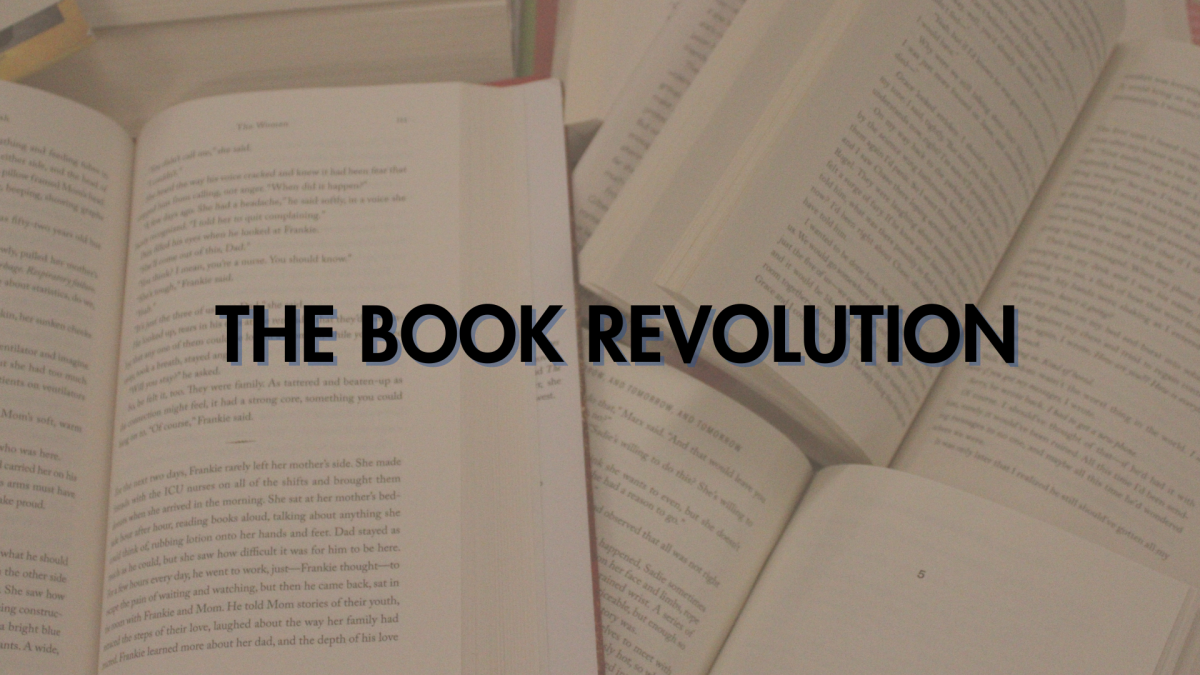Updated Oct. 6: A previous version of this story published on Sept. 23 included different information regarding junior Advait Gadre’s involvement in the the LGBTQ+ community. Gadre is an open ally.
TV show portrays a girl meeting a mysterious boy and falls in love. A short film shows the daily lives of stereotypical American households. A film depicts a transgender individual struggling to deal with the internal changes occurring in their body and the unaccepting external environment they reside in.
Even while the media increases its representation with gay, lesbian or bisexual characters, the spotlight on the T in LGBTQ+ remains relatively dim.
However, in comparison to past decades, the entertainment industry has definitely taken powerful strides in the right direction in terms of giving recognition to both sexual and gender fluidity.
The film “About Ray”, starring Elle Fanning, is making its own contribution to the progress that media has made in recent years with LGBT+ representation. It tells the story of a young teen named Ray (formerly Ramona) who decides to make the transition from female to male. The movie describes his struggle to gain his family’s acceptance, as his father refuses to sign consent forms and his grandmother doesn’t seem to understand why “she can’t just be lesbian”.
It will be among few films that have attempted to accurately portray the obstacle-heavy journey that transgender people must go through. The trailer shows Ray facing ignorance and outright rejection, as people question his decision and doubt his emotions.
Although “About Ray” signals a step towards increasing transgender representation in media and the film industry’s attempt to follow the example set by television, there are still others who have concerns with the film.
In the past, the portrayal of transgender people in the media has often been inaccurate and offensive, either due to a misunderstanding or to prejudice. A study conducted by GLAAD, a media monitoring organization founded by LGBTQ+ people, found that transgender characters were portrayed as victims 40 percent of the time and were cast as killers or villains 21 percent of the time.
Early movies such as the 1986 drama “Willy Milly” portray a “tomboy” who longs to become a boy so that she will not have to follow societal constructs. In later movies, the idea of transgenderism was explored more in detail and uncovered real life struggles of the community. In 1999, the movie “Boys Don’t Cry” explained the life of a transgender man who was beaten following the discovery of his gender identity.
In constrast, transgender characters were later portrayed as unstable, violent and incapable of controlling themselves, a sentiment that unfortunately translated into the way society viewed transgender people. In Pretty Little Liars for example, “A”, who has tormented the main characters of the show for several seasons, was revealed to be transgender, furthering the association of sociopathic behavior with transgender individuals. Further, the crime show CSI and the horror movie “Silence of the Lambs” both portrayed transgender or gender-questioning individuals as sociopathic and a danger to the public.
However, our current society is slowly taking a step above from the past ideologies, making the release date of the film quite timely. After the legalization of gay marriage and the coming out of Caitlyn Jenner this past year, many have taken the state of the transgender community more seriously. The inclusion of transgender characters in Degrassi, Orange is the New Black and the Fosters have brought the issue into a more positive light. Additionally, organizations such as TransMediaWatch and GLAAD aim to improve media coverage of transgender issues and aim to help people in the media understand these issues and produce more accurate and respectful material.
Drama teacher Sara Capule has the opportunity to decide the type of plays and casts in each production and is well aware of the increasing incorporation of the LGBTQ+ community in the media and entertainment.
Even though there’s definitely been a change, people need to be aware that there is even an issue,” Capule said.
This year, Capule is bringing more awareness to the transgender community through the Drama department by incorporating “The Laramie Project”. The play reenacts the story of the 1998 murder of Matthew Shepard, a gay college student. The story of Shepard discusses the efficiency of hate crimes and the derogatory views towards the LQBTQ+ community. Capule encourages any studen who wants to learn more about different people’s journeys and in understanding homosexuality to join the upcoming fall play.
“I’m not afraid to tackle the [LGBTQ+] issue and I hope [by this] the students are interested in learning more about it,” Capule said.
Junior Advait Gadre, who is a strong advocate of LGBTQ+ rights, is very supportive of the new direction in which mainstream media is moving. He expresses how in a world in which heterosexuality and being cisgender is considered the norm, it becomes easy for those who don’t fall into those categories to feel out of place and unaccepted.
Gadre’s sentiments are supported by Nick Adams, the director of GLAAD, who cited (through the GLAADís research on transgender characters in epidsodes) the fact that 41 percent of transgender people report attempting suicide and one transgender woman is murdered every month in the U.S. in a hate crime, making it even more important for transgender youth to see hope in their future.
While many agree that “About Ray” definitely represents progress being made in the entertainment industry, many still believe that it is outright offensive and wrong that cisgender actors are being given the roles of transgender characters, when there is a multitude of transgender talent present in the industry.
Jos Truitt, executive director at Feministing, a popular online network, expressed his disappointment with the casting choices of the film in an interview with The New York Times.
As stated in the interview conducted, Truitt expressed his opinions by saying, when cisgender actors play these roles, it perpetuates the stereotype that trans women are just men in drag and vice versa, Truitt said.
There is no denying the fact that “About Ray” is groundbreaking in the impact it can have on transgender youth struggling to come to terms with their identity.
While it does strive to accurately tell the story that few movies have attempted to recount in the past, it fails to allow transgender actors to tell their own story and misses out on the opportunity to make a bigger impact for transgender representation in the media. Progress is being made, but there’s still a long way to go before the T in LGBTQ+ gets the spotlight it deserves.




















